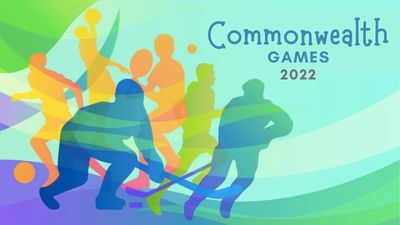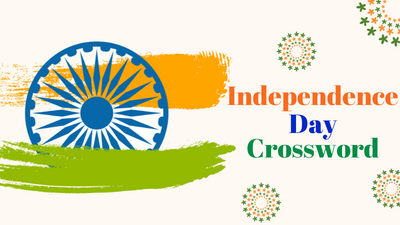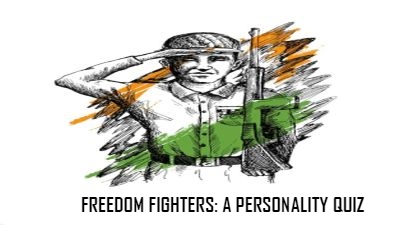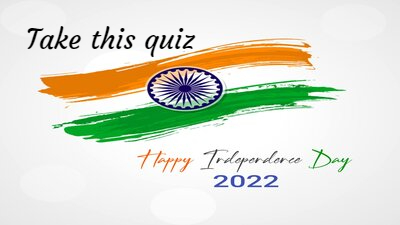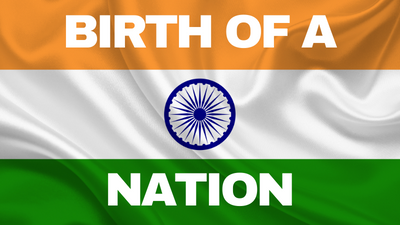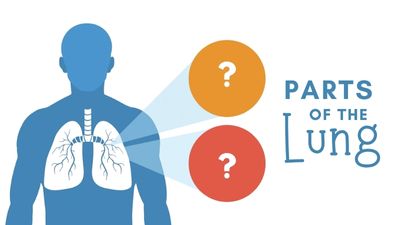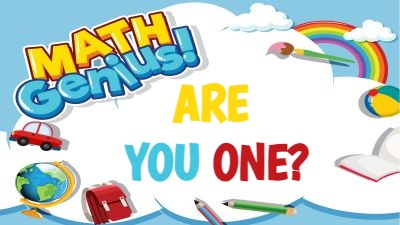Many years before the tricolour came into existence, several different flags were unfurled in India. Take a look at some of the flags of our freedom struggle.
July 22, 2022, marked 75 years since the national flag of India as we know it was adopted. During the course of our freedom struggle, several flags were designed and hoisted, representing the collective mindset of people at the time and the evolution of nationalistic sentiment. Read about these below and solve the shuffle puzzle to know what they looked like.
A symbol of aspiration: Sister Nivedita’s flag
Irish-born Sister Nivedita, originally Margaret Elizabeth Noble, was a follower of Swami Vivekananda. She became a spokesperson for India’s national consciousness and freedom. Between 1904 and 1906, she designed and presented a flag to the Indian National Congress. It was a red and yellow flag with a vajra (thunderbolt), 108 oil lamps, and ‘Vande Mataram’ in Bengali. The colours stood for freedom and victory while the thunderbolt symbolised strength.
Unofficial first: The Calcutta flag
The first national flag of India is said to have been hoisted on August 7, 1906, at the Parsee Bagan Square in Calcutta. Known as the Calcutta flag, it had an orange, a yellow and a green band. The top stripe had eight half-opened lotuses, the middle stripe had the words ‘Vande Mataram’ and the bottom stripe had the sun and a crescent moon. The next year, another tricolour that had slight variations was designed by Bhikaiji Cama, Veer Savarkar and Shyamji Krishna Varma, and unfurled in Germany, becoming the first Indian flag to be hoisted in a foreign land.
Gaining momentum: The Home Rule movement flag
The Indian Home Rule movement was led by Bal Gangadhar Tilak and Annie Besant between 1916 and 1918. It began in the backdrop of World War I and set the stage for the independence movement, providing an impetus for nationalist sentiments. The flag designed for the movement had the Union Jack in the upper left corner along with five horizontal red stripes and four horizontal green stripes. It also had a crescent with a seven-pointed star and seven white stars. When a magistrate in Coimbatore banned the use of this flag, it marked the first governmental initiative against a nationalistic flag. This also led to a public debate on the importance of a national flag.
Taking shape: Flag of 1921
In 1921, Gandhiji wrote about how India needed a national flag. Subsequently, Pingali Venkayya designed a flag that contained a spinning wheel against a red and green background – red to signify Hindus and green for Muslims. Gandhiji decided to add a white band to signify other religions. Eventually, the colours went on to represent purity (white), hope (green) and sacrifice (red). Though this flag was not adopted as the official flag of the Indian National Congress, it was widely used during the struggle for freedom.

